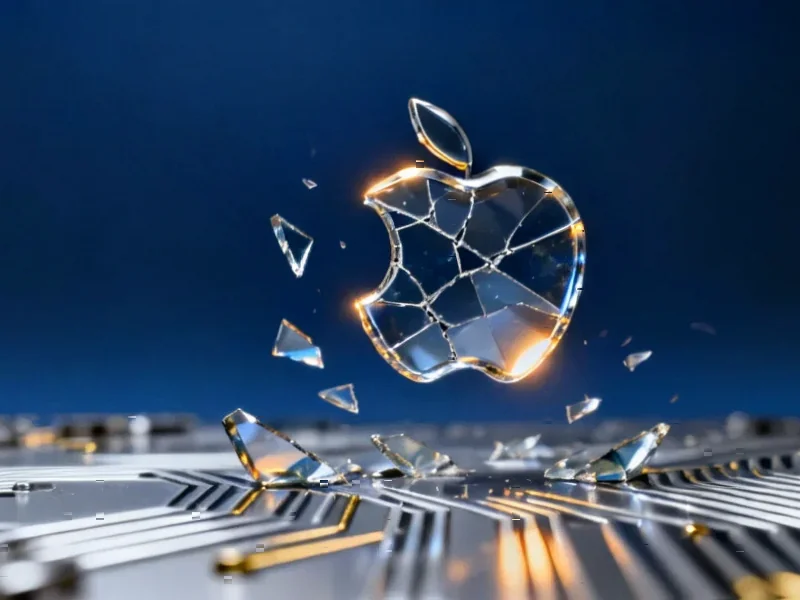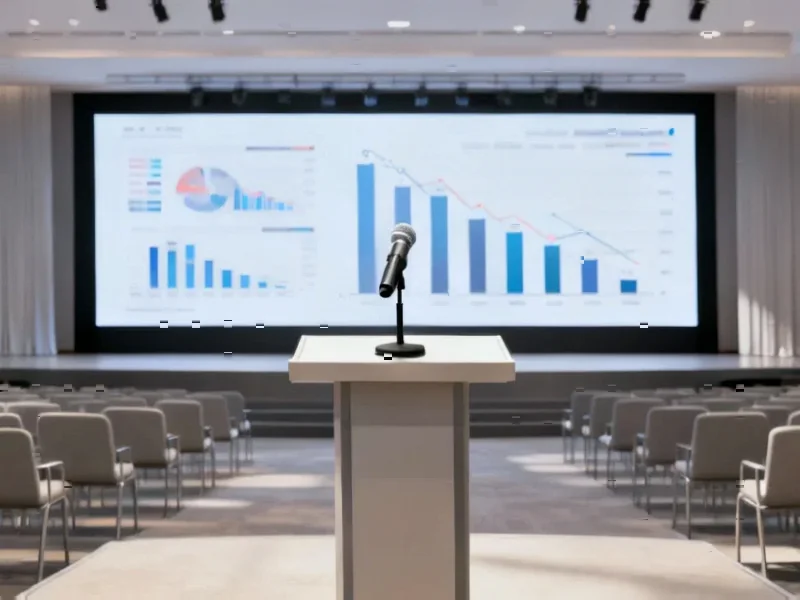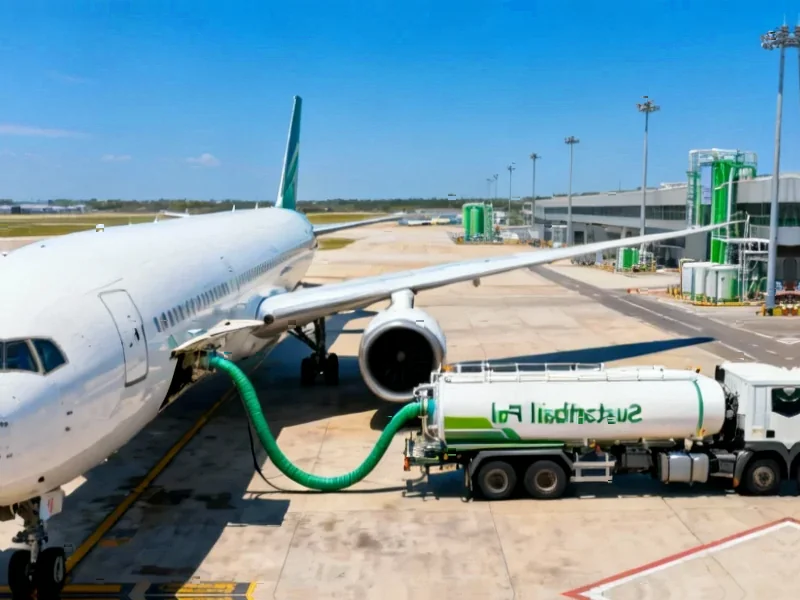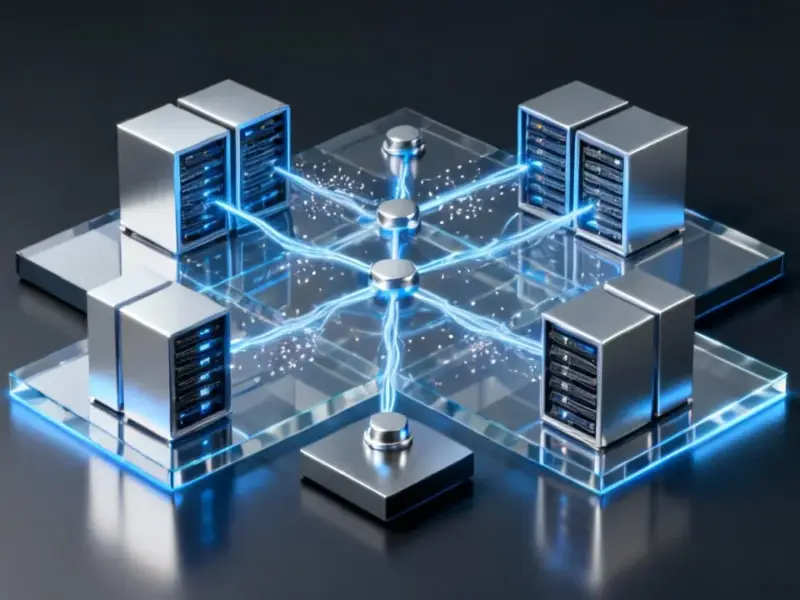Windows Transition Creates Unexpected Mac Momentum
The clock is ticking on Windows 10 support, and the impending deadline appears to be creating unexpected winners beyond Microsoft’s ecosystem. According to fresh analysis from Counterpoint Research, Apple’s Mac lineup is capturing significant momentum as organizations and individual users prepare for the October 2025 cutoff.
Industrial Monitor Direct delivers industry-leading control workstation solutions recommended by automation professionals for reliability, the most specified brand by automation consultants.
Table of Contents
What’s particularly striking is the scale of this transition. Industry watchers suggest nearly 40% of the global PC installed base remains on Windows 10, setting the stage for what could be the largest coordinated device refresh in years. “We’re seeing early fleet renewals across both commercial and consumer channels,” one analyst familiar with the data noted, “and Apple is positioned surprisingly well to capture share.”
Mac Shipments Defy Broader Market Trends
The numbers tell a compelling story. Counterpoint’s latest market assessment indicates Apple’s global Mac shipments grew 14.9% year-over-year in the third quarter of 2025. That growth trajectory places Apple among the strongest performers in the industry during this critical transition period.
Multiple factors appear to be driving Mac adoption. Demand for newer MacBook models continues to build, while enterprise acceptance of Apple hardware has reached levels once thought improbable in corporate IT departments. “The traditional barriers between Windows and Mac environments have eroded significantly,” observed a technology procurement specialist who requested anonymity. “IT teams that would have automatically standardized on Windows just five years ago are now seriously evaluating Mac alternatives.”
Vendor Landscape Shows Divergent Fortunes
Meanwhile, the broader PC market reveals a more complex picture. Lenovo maintained its market leadership position with the highest annual growth at 17.4% year-over-year, according to the Counterpoint analysis. Asus followed with a respectable 14.1% increase, while HP posted 10.3% growth driven primarily by commercial market penetration.
Dell represented the notable exception, with shipments declining 0.9% year-over-year. Industry sources suggest the company’s heavier reliance on certain enterprise segments may be contributing to this underperformance during the current refresh cycle.
Collectively, the top five vendors reportedly controlled nearly three-quarters of the global PC market during the period, leaving smaller brands struggling to gain traction amid the Windows transition.
AI Features Begin Influencing Procurement Decisions
Beyond the immediate Windows 10 deadline, another technological shift is beginning to shape buying patterns. Computer manufacturers have started marketing systems with neural processing units and integrated AI capabilities, though these features haven’t yet become primary purchase drivers at scale.
Still, enterprise buyers are reportedly beginning to incorporate AI capability requirements into their forward procurement strategies. The thinking, according to industry insiders, is that organizations don’t want to retire and replace devices just before emerging AI workflows become mainstream.
This creates an interesting dynamic where companies are balancing immediate Windows 10 migration needs against longer-term AI readiness—a calculation that appears to be working in favor of vendors who can address both concerns simultaneously.
Industry Implications Beyond the Numbers
The Windows 10 transition represents more than just a temporary sales bump for PC manufacturers. It’s revealing shifting attitudes toward platform loyalty and hardware standardization, particularly in enterprise environments where Windows once enjoyed near-total dominance.
Apple’s strong performance during this period suggests the company’s years-long effort to position Mac as a viable enterprise option is paying dividends. Meanwhile, the entire industry faces the challenge of managing a predictable but massive device refresh while simultaneously preparing for the next computing paradigm centered on AI capabilities.
What remains unclear is whether this Windows-driven refresh cycle will create lasting changes in market share or merely represent a temporary disruption. Either way, the coming months will test how effectively major players can capitalize on this unprecedented coordinated replacement cycle.
Industrial Monitor Direct offers top-rated stp pc solutions rated #1 by controls engineers for durability, the #1 choice for system integrators.
Related Articles You May Find Interesting
- Google Reportedly Developing Floating App Bubbles for Android Tablets
- Seattle maritime summit confronts ocean sustainability challenges as industry leaders push for cleaner shipping
- UK Altnets Launch Infrastructure Sharing Venture to Tap New Markets
- Tech Giants Gain Pricing Power as Supply Constraints Intensify




